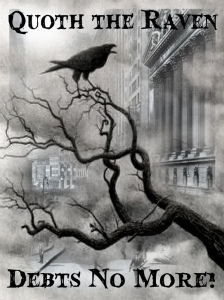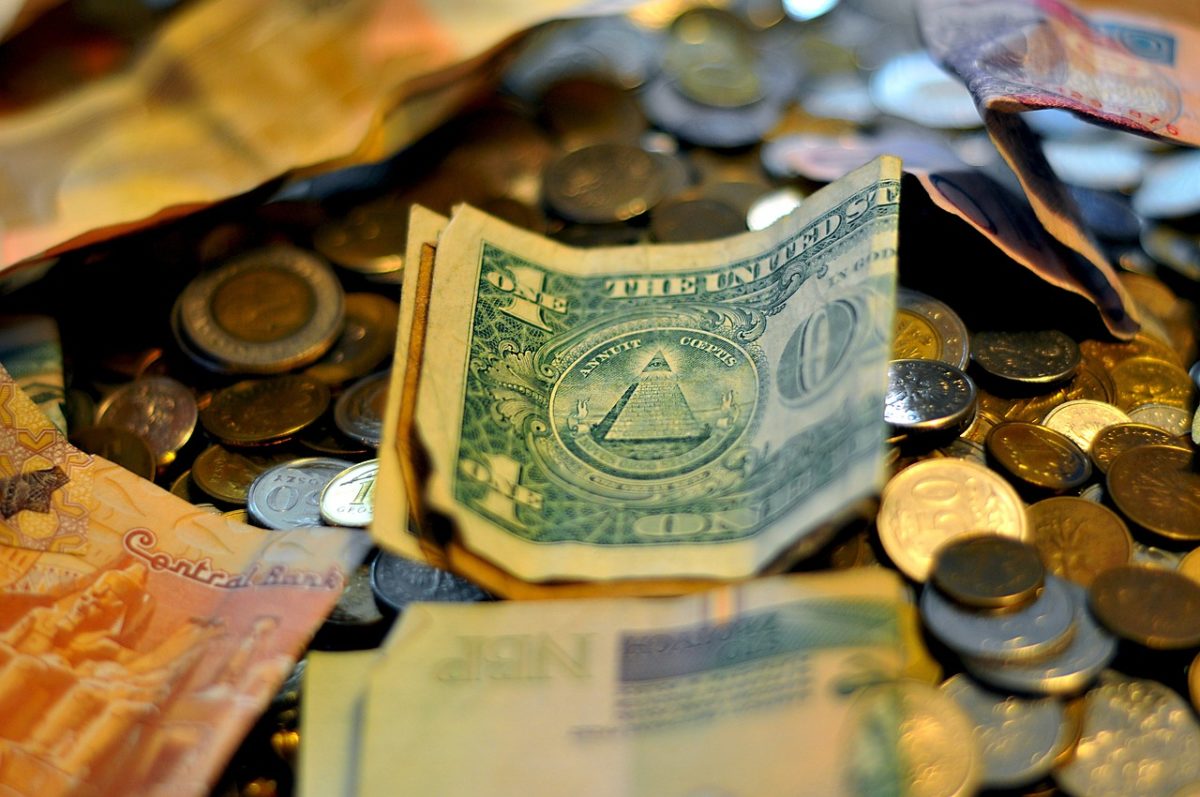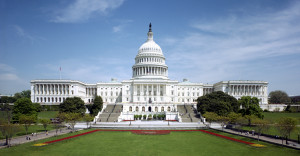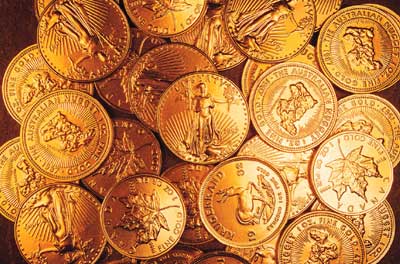submitted by jwithrow.
Journal of a Wayward Philosopher
Debt as Far as the Eye Can See
December 9, 2014
Hot Springs, VA
The S&P opened at $2,056 today. Gold is up around $1,218. Oil is still floating around $64 per barrel. Bitcoin is down to $347 per BTC, and the 10-year Treasury rate is 2.21% today.
In other news, U.S. national debt has now eclipsed $18 trillion. That’s: $18,000,000,000,000.00. Debt to GDP is now around 99%. To put this in perspective, U.S. national debt stood at $398 billion back in 1971 – 34% of GDP – when Tricky Dick put the “Out to Lunch” sign up in front of the international gold window.
Even more startling, total credit market debt now checks in at 330% of GDP. Mr. Market has been trying to wind down the credit market bubble for some time now, but the Federal Reserve has been fighting tooth and nail against him. The Fed’s weapon of choice: funny money! The Fed has purchased more than $4.3 trillion worth of bonds since 2008 in an effort to prop up asset prices and strangle interest rates.
Where did the Fed get this $4.3 trillion? As we pointed out in last week’s journal entry, the Fed got this $4.3 trillion from the same place it always gets money… it conjured every dime of it from thin air!
Still, the economists pretend like this is all normal. Some of them say that the Fed should have bought fewer bonds; $4.3 trillion worth was too much. Other economists say the Fed didn’t buy enough! So they write their articles and conduct their interviews and everyone sleeps sound at night. I can’t help but wonder – do they think this can go on forever? Do they think the Fed can reverse course whenever they darn well please? Do they think at all?
I don’t know if mainstream U.S. finance really is arrogant enough to think there are no consequences to all of this financial chicanery or if they are just playing a big sleight-of-hand game, but the world seems to slowly be waking up to the fiat monetary system that has allowed debt to pile up faster than 5:00 Beltway traffic.
Though the Swiss Gold Referendum didn’t pass last month, it does suggest a change in the financial wind. The initiative would have prevented the Swiss National Bank from selling any of Switzerland’s gold reserves and it would have required a 20% gold backing to the Swiss Franc. The fact that this initiative made it to a vote indicates a growing apprehensiveness towards the international monetary system.
This apprehensiveness is not limited to Switzerland. Germany, France, Belgium, and the Netherlands have each expressed interest in repatriating their gold reserves held in foreign central banks. Additionally, both China and Russia have been buying gold hand over fist. The Russian Central Bank bought nearly 20 tons of gold in October alone. We don’t know exactly how much gold China has been buying – they haven’t reported their full reserve numbers in several years. China and Russia aren’t alone; global gold demand now eats up more supply than miners can produce at current prices.
2013 was a record setting year for precious metals purchases from the U.S. Mint and 2014 sales are on pace to surpass that record. The U.S. Mint sold 3,426,000 ounces of silver in November alone. Perth Mint sold 851,836 ounces of silver in November. India imported 169 million ounces of silver through the first ten months of 2014. The precious metals are clearly being viewed as a life-boat in a sea of rising debt.
In addition to the precious metal rush, several major U.S. financial firms have been using depressed interest rates to gobble up real assets recently as well. The Blackstone Group has been buying domestic real estate like it was last call and Berkshire Hathaway acquired Burlington Northern Santa Fe Corp (BNSF) – a railroad company. Shrewd analysts suggest Berkshire’s purchase of BNSF was a hard asset play to mitigate expected inflation; railroads are nothing but hard assets hauling other hard assets around the country.
Are all of the precious metal purchases and hard asset acquisitions just a coincidence?
Maybe deficits really aren’t that big of a deal. Maybe the Fed really can navigate through the uncharted waters of debt and derivatives. Maybe the fiat monetary system really has supplanted Mr. Market’s choice for good. Maybe financial asset prices really can go to the moon and never come back down.
But I wouldn’t bet on it.
More to come,

Joe Withrow
Wayward Philosopher
For more of Joe’s thoughts on the “Great Reset” please read “The Individual is Rising” which is available at http://www.theindividualisrising.com/. The book is also available on Amazon in both paperback and Kindle editions.
Image Source: WilliamBanzai7 – Zero Hedge









